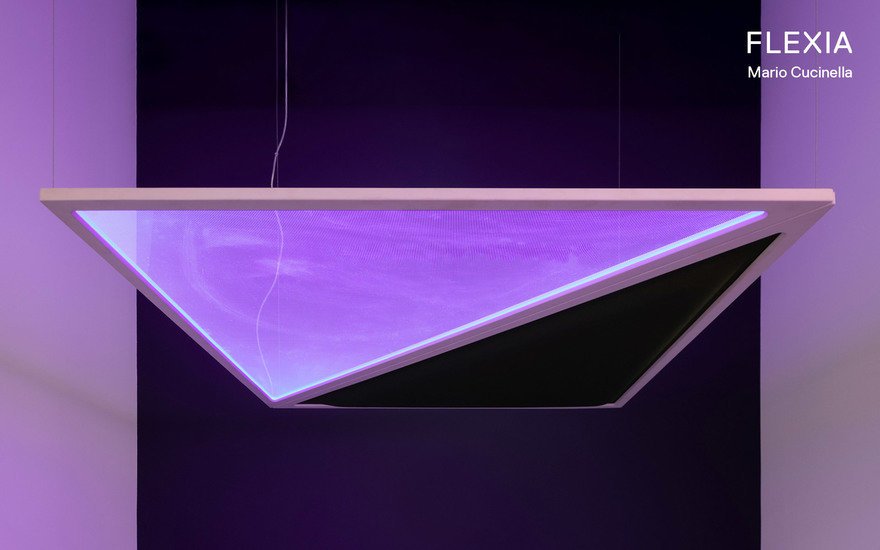
Artemide's Disinfecting UV Lights
Their Integralis system has been added to a variety of their fixtures
Integralis, developed by Artemide, is a disinfecting UV light combined with sensors that detect if humans are nearby or not. Incorporated into a variety of Artemide fixtures, the UV apparently kicks on when humans are absent (i.e. overnight) to disinfect line-of-sight surfaces, killing pesky pathogens (and presumably COVID, though that word doesn't appear in the copy).


"INTEGRALIS generates UV light that acts against pathogenic microorganisms, such as viruses, without harming the space and individuals surrounding the emission. What's more, the technology's use of UV light inhibits the development and growth of bacteria, fungi, and mold.




"In museums, hotels, offices, hospitals, and retail shops, the dosage can be adapted to perform an emission frequency that best accommodates the cadence of visitors. In small spaces, such as service areas, elevators, and waiting rooms, intermittent sanitization is available; presence sensors, which are controlled by the Artemide App, activate to help to manage safety and intensity."




What we expect to see next: As admission of COVID aerosol transmission finally sinks in, a line of designey personal (wearable)? air purifiers will surely come to market.
-
oFavorite This
-
Q1Comment
K
{Welcome
Create a Core77 Account
Already have an account? Sign In
By creating a Core77 account you confirm that you accept the Terms of Use
K
Reset Password
Please enter your email and we will send an email to reset your password.

Comments
Artemide hasn't done anyone any favors by obfuscating the spectrums these fixtures actually operate within and when - not to mention being very short on details in general. Similar articles to this one have been quick to jump on the "Integralis UVC" version, but Artemide's marketing suggests they're using 405 nm disinfection at least as much. 405 nm disinfection is sometimes referred to as "near UV" and is just narrowly within the visible range. It's a disinfection technology that is in its infancy: it has shown some promise in laboratory tests, but inconsistent results in hospital application. It is also uncomfortable to look at at the outputs required for it to be effective within a reasonable time frame, looking not just violet but a moving noisy violet, presumably because it sits right on that edge of our visible acuity. They are wise to try to modulate it, though even blended with white light and at lower outputs I wouldn't call the resulting light "white". Conversely, UVC is well known, effective, invisible, and dangerous. Most common building materials absorb UVC, so UVC emitters can only be effective within line-of-sight. Likewise, the emitters themselves are limited in the materials that can be used in their construction and maintenance since UVC is so readily absorbed. As such, UVC emitters tend to be purpose-built.
Both technologies are good to have in our arsenal, but both require proper understanding to implement. Disinfection doesn't happen by accident, it has to be planed for, maintained, and confirmed. I hope commercial architects don't seize on these fixtures and fixtures like them as easy solutions. They are a commitment.